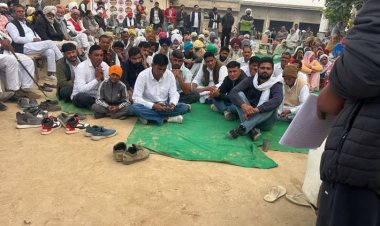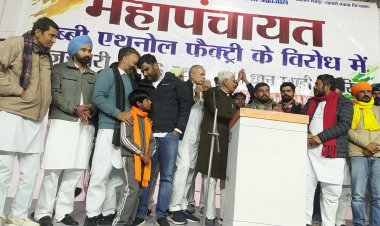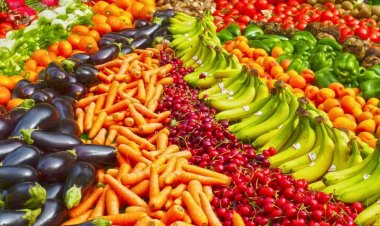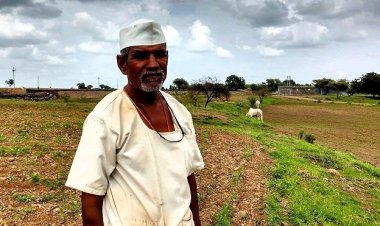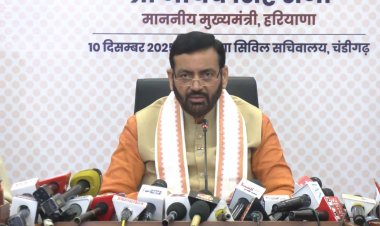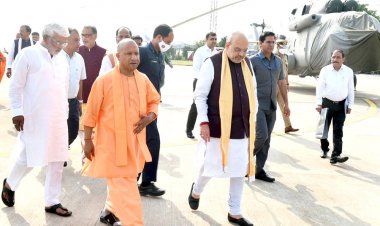Soybean prices hit decade-old levels, farmers struggle with Rs 3,500 per quintal rates
The price of soybean in Madhya Pradesh has reached 10-year-old prices. Currently, soybean is being sold in mandis at Rs 3,500 to Rs 4,000 per quintal, which is below the Minimum Support Price (MSP). The decline in prices even before the season has started has heightened concerns among farmers
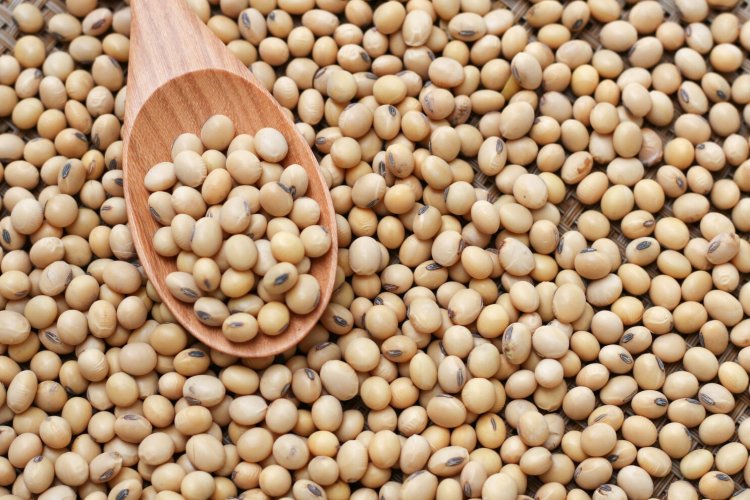
Soybean prices in Madhya Pradesh have dropped to levels last seen a decade ago, causing significant distress among farmers. Currently, soybean is being sold at Rs 3,500 to Rs 4,000 per quintal in the state’s mandis, which is well below the Minimum Support Price (MSP) of Rs 4,850 per quintal fixed by the central government for the upcoming Kharif marketing season (2024-25). This price gap is resulting in a direct loss of Rs 1,000 to Rs 1,300 per quintal for farmers.
The concern is growing as the fall in prices comes even before the season has begun. According to the Commission for Agricultural Costs and Prices (CACP) report, which the Central Government used to set the Minimum Support Price (MSP) for the Kharif Marketing Season 2024-25, the production cost of soybean is Rs 3,261 per quintal. Despite this, farmers are currently selling soybean for Rs 3,500 to Rs 4,000 per quintal. Data from the Soybean Processors Association of India (SOPA) shows that the average price of soybean in 2013-14 was Rs 3,823 per quintal, which is nearly equivalent to the current prices.
Kedar Shankar Sirohi, president of the farmers' cell of Madhya Pradesh Congress, told Rural Voice that soybean farming is becoming a losing proposition for farmers. The prices they receive in the state's mandis are even lower than the MSP. He highlighted that soybean prices have dropped by 30 percent compared to last year when the crop was selling at around Rs 5,000 per quintal, but now the prices have fallen to approximately Rs 3,500 per quintal.
Sirohi also noted that MSP-based procurement of soybean in the state is minimal, even though Madhya Pradesh is the largest producer of the crop. While a good harvest is expected this year, the sharp decline in prices before the season has even begun is a serious concern for farmers. He warned that if prices continue to drop, farmers may be compelled to abandon soybean cultivation altogether.
Impact of Reduced Import Duty and Global Competition
A significant factor contributing to the price drop is the reduction in import duty on soybean refined oil. The duty, which was previously at 32 percent, has been slashed to 12.5 percent, leading to increased imports of cheaper oil from other countries and reducing domestic demand for soybean. Additionally, the dominance of major soybean-producing countries like Argentina, Brazil, and the United States in the global market is adversely affecting the demand for Indian soybean. These three countries account for 95 percent of global soybean production, while India’s share remains only 2.5 percent to 3 percent.
Last year, soybean prices remained stable due to lower production in these countries, but with expectations of a good crop this year, prices are predicted to fall further.
Shivam Baghel, founding member of Kisan Satyagraha Manch, told to Rural Voice that soybean prices have returned to rates seen in 2013-14. He added that continuous price drop have made it challenging for farmers to recover their production costs. Baghel urged the government to take immediate steps to protect farmers from these losses, as the current situation is unsustainable for those relying on soybean farming for their livelihoods.



 Join the RuralVoice whatsapp group
Join the RuralVoice whatsapp group

















